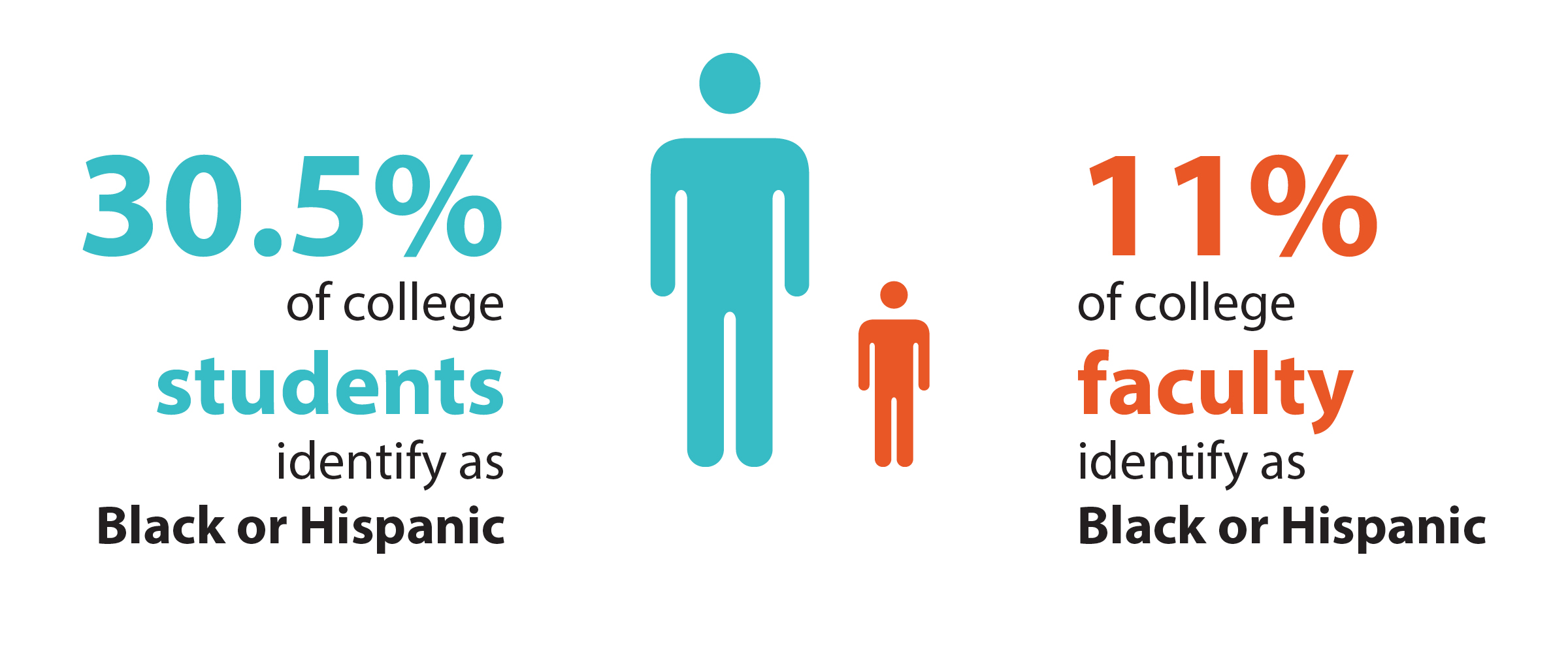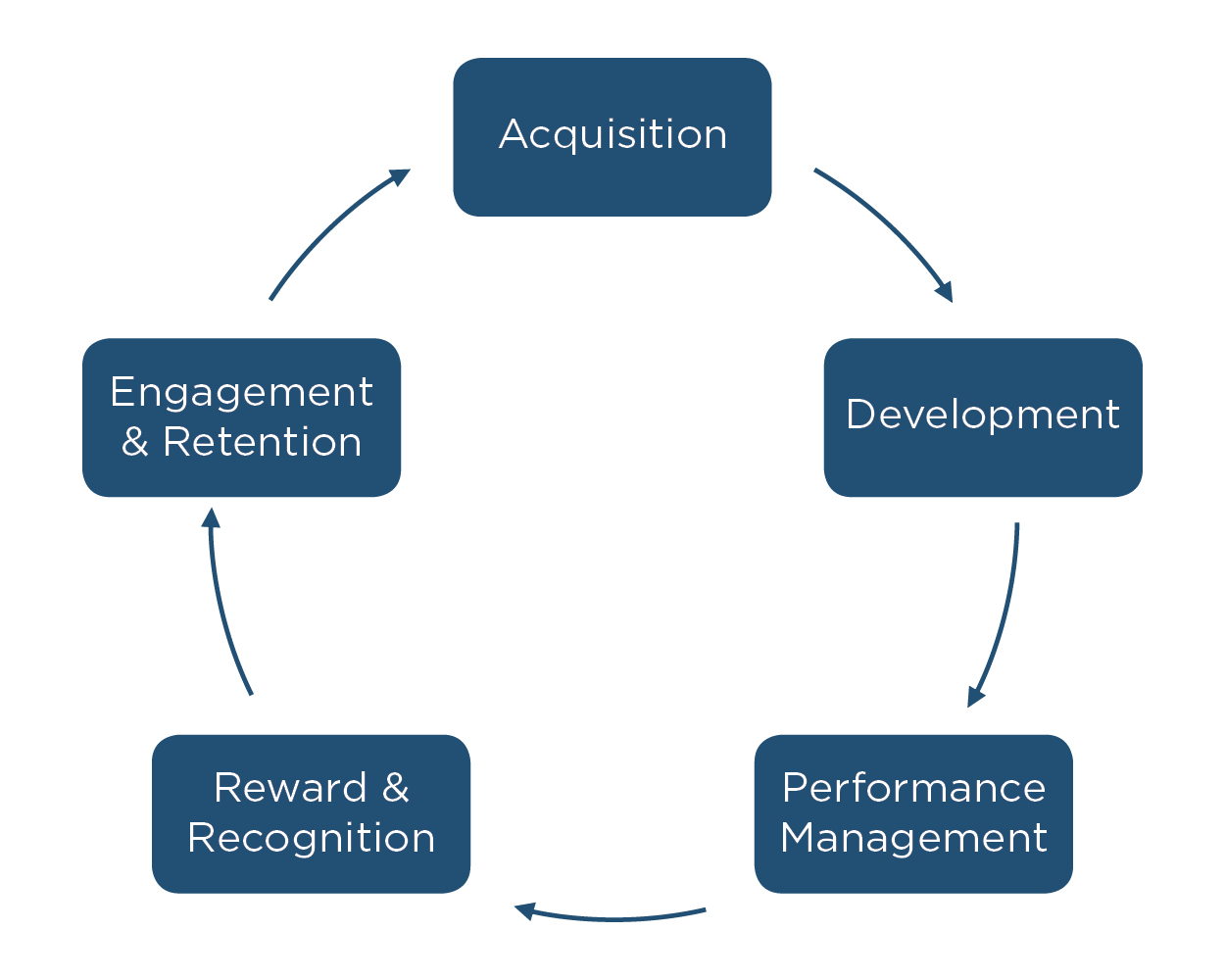
Seizing the Moment
November 18, 2015. We witnessed a pivotal moment for higher education last week with the resignations of Tim Wolfe, President of the University of Missouri System, and R. Bowen Loftin, Chancellor of the flagship campus in Columbia. Issues of diversity and inclusion have been challenging campuses for years, but I believe we have now reached a tipping point that will place this issue front and center on leaders’ agendas today and into the future.
As we think about the importance of last week’s events, one thing is clear: the efforts by the students at the University of Missouri will help fuel the much-needed nation-wide conversation on this important topic. Already, dozens of campuses are hosting diversity forums, hosting town hall meetings, and issuing statements to demonstrate the many initiatives they are investing in to create a more inclusive and diverse environment. My hope is that these conversations are sincere efforts to move the diversity agenda forward. It’s not just the right thing to do; it’s imperative for the success and sustainability of institutions. And there is no time to waste.
The Business Case for Diversity
The statistics are clear and sobering. Black students and Hispanic students are the fastest growing segments of the student body. According to the National Center for Education Statistics (NCES), the percentage of Black college students rose from 11.7% in 2000 to 14.7% in 2013. The percentage of Hispanic students increased from 9.9% to 15.8% over the same time period. However in 2013, only 6% of all full-time faculty were Black and 5% were Hispanic. Among full professors, the numbers drop to 4% for Blacks and 3% for Hispanics.

When we examine the diversity of university leadership, the numbers are similarly low. According to a 2008 ACE Study, “only 16 percent of senior administrators were people of color, including just 10 percent of Chief Academic Officers. “
Beyond the issues that can arise when university faculty and leadership do not resemble the student demographic—as has been well documented recently at the University of Missouri, Claremont McKenna College, Ithaca College, Purdue University, Yale University, and others—these demographics represent significant business challenges for universities.
The challenge is that today’s current students are the pipeline for tomorrow’s PhD students and eventual faculty and university leadership. When you factor in the graying of the professoriate and impending retirement of hundreds of thousands of faculty and administrators, it quickly becomes apparent that the challenges we are facing today may create even wider gaps in racial and ethnic representation. When these students feel slighted and harassed at their own universities, what motivation do they have to join the ranks of the faculty and administration?
Data on faculty age is hard to come by, but referencing studies from the last twenty years (see the 2001 Greater Expectations National Panel and the National Study of Postsecondary Faculty in 2003), a conservative estimate would say that well over 1/3 of current faculty are quickly nearing retirement. Given this staggering number, which equates to more than 500,000 faculty, why would we expect the situation in twenty years to be better than the situation today? Without meaningful action we should expect a far worse situation where the gaps in representation are even wider.
A New Model Is Needed
Institutions must begin thinking much more strategically about talent management models that prioritize diversity. Most universities already have guidelines for search committees that provide excellent and detailed counsel on how to widen and diversify candidate pools. So where is the disconnect?
Most universities’ efforts to attract and retain diverse candidates start and end with the search committee process. Efforts are made to attract a diverse set of candidates, but after that, very little is done to ensure biases are removed from the hiring process. Once hires are made, most HR systems don’t effectively develop, reward, and retain people of color. The reality is that comprehensive approaches are needed to diversify faculty and administrative bases. Institutions must think differently about how they:
- Remove biases from the hiring process
- Onboard new hires
- Create more inclusive environments
- Facilitate mentoring across campuses
- Align incentives and reward systems with stated priorities
Creating and committing to a comprehensive model of talent development is the best way to ensure universities create more diverse and inclusive environments. This begins with proportions of faculty and administrators that are representative of student populations.

(© Christopher D. Lee, Ph.D., SPHR Associate Vice Chancellor for Human Resources, Virginia Community College System)
An Opportunity for Boards
The group Concerned Student 1-9-5-0, which led the ouster of President Wolfe, demanded that the University of Missouri increase the percentage of faculty and staff of color to 10% by the academic year 2017-2018. The most troubling part of this demand is how unrealistic it is, even if the University dedicated millions of dollars to accomplish it. An informative article by Leslie Fenwick and Patrick Swygert details the difficulty of reaching this goal. According to a 2007 report that they cite, the University of Alabama at Tuscaloosa boasts the highest percentage of Black faculty among traditionally white institutions at 6.8%.
Yet, there is one significant opportunity for most institutions—their boards. A 2010 study by AGB found that minorities represent 23.1% of public university trustee members and 17.1% of the public university chairs. The same study found minorities represent 12.5% of private university trustee members and 7% of chairs. These numbers are more representative of the college student population than university administrators or faculty. They suggest that there is an opportunity for Boards of Trustees to initiate meaningful conversations around diversity and inclusion on their campuses and to hold their Presidents accountable for these goals.
The time for action is now. The events of recent weeks represent an opportunity for our nation’s colleges and universities, and this issue demands Presidential and Board leadership.
- To college and university trustees: you must harness your ability and authority to move your presidents towards action.
- To college and university presidents, I urge you not to shy away from what might be perceived as a difficult issue or to engage in conversations that are meant only to satisfy the public perception for progress.
Creating more diverse and inclusive environments isn’t just the right thing to do, it’s imperative for your continued success.


